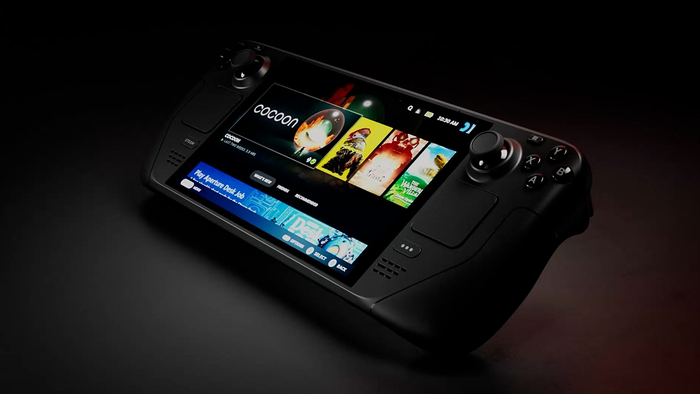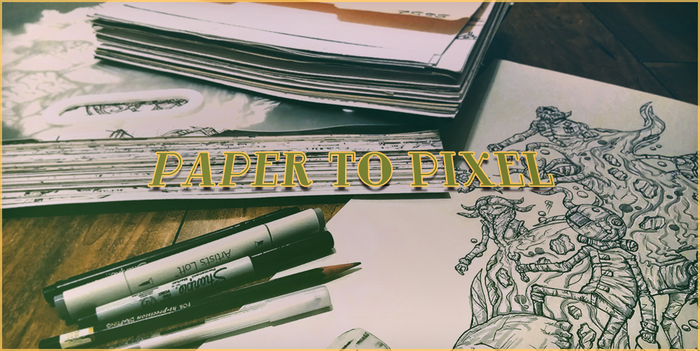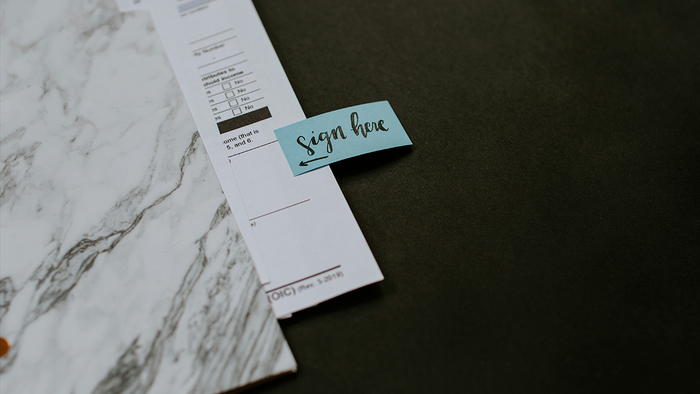In this helpful article, Creative Assembly senior designer Simon Mann describes ways to think like a designer and help build a strong game design portfolio to get yourself noticed.

In this helpful article, Creative Assembly senior designer Simon Mann describes ways to think like a designer and help build a strong game design portfolio to get yourself noticed.
Games design is one of the most varied and exciting roles in the games industry today.
Designers work closely with all other disciplines to deliver the project vision. The discipline encompasses everything from psychology to art, sound to architecture, data analytics to programming and beyond.
However, in an industry where fewer companies have positions for junior designers, and more and more applicants, how do you make yourself stand out in an oversubscribed field?
In this article, I’ll describe ways to think like a designer and help build a strong portfolio to get yourself noticed.
Building content
Play Games
Play as many games as you can. Don’t stick to one genre and don’t just play the 80+ Metacritic AAA titles (but you should play them as well). Playing games lets you know your target audience, its trends and fashions, as well as giving you great ideas for your own projects. While playing games, pause for a second, look at what the game is doing. Why did they put that feature in? How is it trying to make you feel? How is it achieving (or not) its intended goals? Could it be improved? If you feel you’ve discovered an interesting theme or idea, share with others or even write articles on the web.
Make Games
Make Games- Small games, big games, ideas, prototypes or card games. Every game you make gives you valuable experience about the design process, as well as developing your ancillary skills. Try, where possible, to work with others on group projects or game jams; good teamwork skills are invaluable to a designer. Making as many games as possible also shows that you’re willing to put in the hard work required to succeed in the games industry, as well as implementing the cool ideas you’ve come across.
"All our best ideas generally come from the most unexpected sources. Give yourself a healthy work/life balance - travel, meet people, go to events."
Design Always
Games design doesn’t occur in front of a computer. All our best ideas generally come from the most unexpected sources. Give yourself a healthy work/life balance - travel, meet people, go to events… Do anything you want, but always be thinking like a designer, on the lookout for the next great inspiration. Carry a notebook or make notes on your phone, so when the creativity hits, you can get it on paper as quickly as possible.
Making your portfolio
Strong CV
At the heart of any good design portfolio is a strong CV. Show where you’ve come from, the things you’ve done to further your career and give recruiters a strong sense of where you’re going to fit into their team. Keep your CV to one page, with only relevant information to the role you’re applying for. If your CV isn’t concise, recruiters won’t even look at your portfolio.
When I started looking for jobs in the industry, I shotgunned my CV indiscriminately to hundreds of companies, and funnily enough, never heard back. Later in life I realized that I was more desperate to get on the ladder than think about the roles I was applying for, so my CV was ignored out of hand. When applying, always consider: why does this company need you? Ask yourself why you’re applying for that role and how you feel you can improve it with your presence. This will also come in useful for the interview stages.
Have a portfolio website
While carrying a large folder with reams of paper in it may seem enticing to some, we’re in the 21st Century now. Set up a website for yourself, fill it with your work, blog posts, pictures, text and playable demos. Recent studies have found that you only have a few seconds to create a lasting impression. Let your site lead with your personality, have a strong front-page which really sets the tone for the rest of your portfolio.
Always take pride and enjoy your creations, even when making a portfolio. It’s easy to spot the copy-paste versus the lovingly-handcrafted content, even in static media. I’m afraid there are no shortcuts for design, you have to put in many many hours of hard graft, and if you’re not willing to put it into selling yourself, then you won’t be able to do it later down the line.
Content
Be prepared to show off all your skills! Avoid demo reels on your front page where possible and make project subsections with pictures and gameplay videos. An organized site is an organized mine and will make it easier for recruiters to get all of the relevant information.
Varied content on a portfolio is a great thing to show off your skills. However, while you may have a lot to talk about, be concise. No recruiter will read a 40-page Design Document and they will not be impressed by drawings on napkins. Everything in your portfolio should show off your best work in the shortest time.
Show it Off
Show your portfolio off to as many people as possible. Do not just show it to your friends and family. Even with the best will in the world, they will rarely give you unbiased feedback. Show it to your peers, recruiters and anyone you can. When (not if) you do get poor feedback, don’t just react defensively, think about why the feedback was given and how you could fix it. This is a very important skill for any designer as honest feedback is a huge part of the design process and you have to be a little thick-skinned about it. You may think something is amazing, or satisfactory, but perhaps you forgot about your audience? If you are unsuccessful in an interview or application process, never be afraid to ask for feedback, it’s how we learn and grow.
Closing
And breathe. This isn’t an exhaustive list of dos and don’ts but certainly the ones I prescribe to. I’ve been in the position of being an unemployed graduate, desperate for anything games related job-wise, but games isn’t a job, it’s a career, and a passion. Patience is a virtue, and while it may take a while, if you truly love making games, and have the skills, you’ll get the break.
About the Author(s)
You May Also Like









